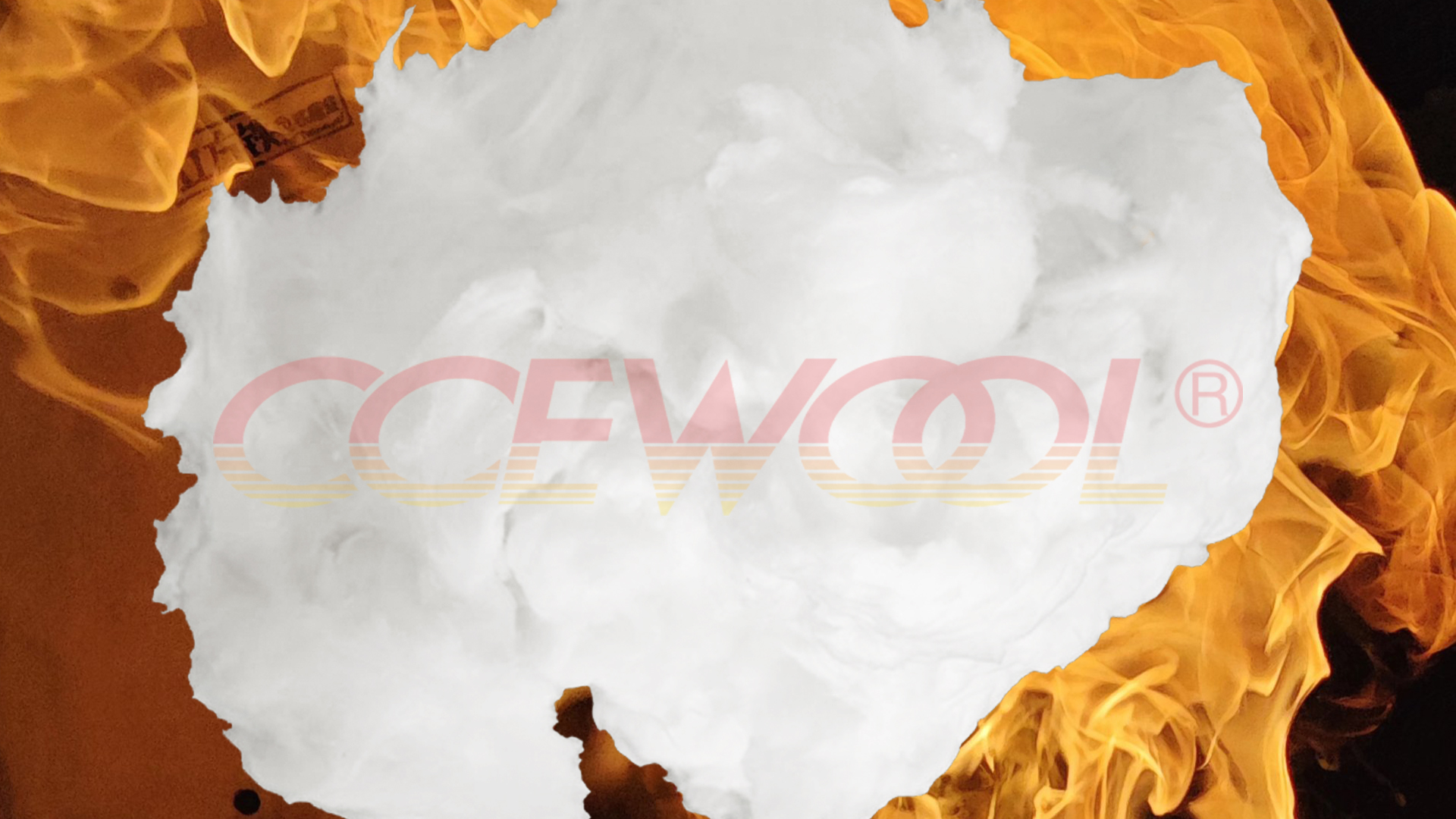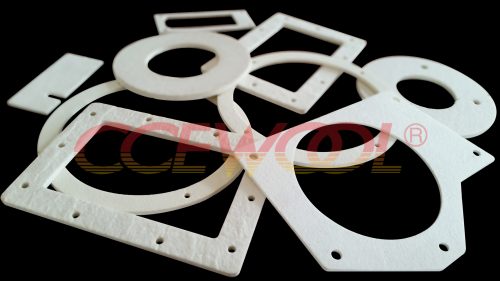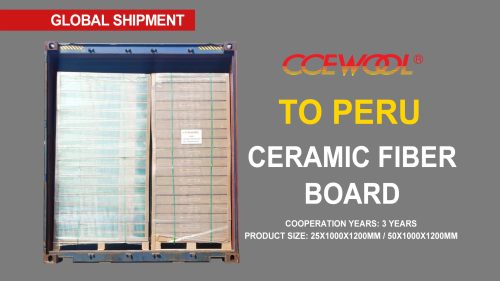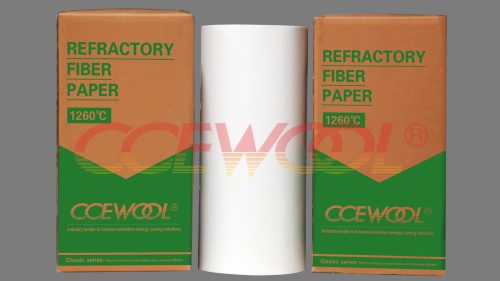Is ceramic fiber fireproof?
- 19 Feb, 2025
- Industry

In industrial applications, the demand for high-temperature materials is continuously increasing, especially for fire protection and thermal insulation in high-temperature environments. Ceramic fiber fireproof, as a high-quality fireproof material, has been widely used in various industries due to its excellent high-temperature stability and outstanding thermal insulation performance.
Fireproof Performance of Ceramic Fiber
Ceramic fiber fireproof is made from alumina (Al₂O₃), silica (SiO₂), and other refractory materials. It possesses a strong ability to withstand high temperatures. At high temperatures, it does not melt or burn, effectively resisting the invasion of flames. Therefore, ceramic fiber itself has excellent fireproof properties and can effectively protect equipment and building structures during a fire, reducing fire damage.
Why Does Ceramic Fiber Have Outstanding Fireproof Properties?
High Melting Point: The main components of ceramic fiber fireproof, alumina and silica, have very high melting points, typically above 1700°C. This means it can remain stable at high temperatures for extended periods without melting or deforming, fully exerting its fire protection capabilities.
Insulation Performance: Ceramic fiber fireproof has a low thermal conductivity, which gives it excellent thermal insulation properties. In high-temperature environments, it effectively isolates heat sources, preventing the spread of flames or heat and minimizing the impact of fires on the surrounding environment.
Fire Stability: Ceramic fiber fireproof has extremely high chemical stability and can remain stable in acidic, alkaline, and corrosive gas environments. Even during a fire, it will not decompose or release harmful gases, ensuring the safety of the environment in use.
Ceramic fiber fireproof is not only a high-temperature resistant material but also a reliable fireproof choice. By strictly controlling the quality of raw materials and production processes, CCEWOOL® ceramic fiber ensures its excellent fireproof performance and high-temperature resistance. It is widely applied in industrial equipment, building fire protection, firefighting facilities, and other fields. Whether in high-temperature environments or during a fire, ceramic fiber can provide comprehensive protection, ensuring safety and stability.



